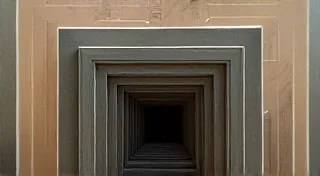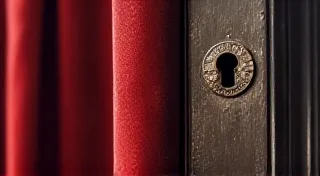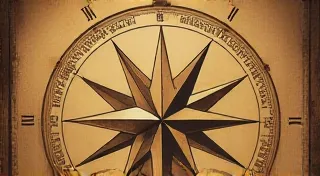The Clockwork Heart of Progress: Unraveling Obsolescence in Vintage Office Equipment
There's a particular quietude that settles when you’re close to an antique adding machine. Not a silence born of emptiness, but a stillness laden with history, a subtle hum of residual energy. It’s the quiet of gears meticulously meshing, of levers responding to deliberate input, a stark contrast to the frantic, often invisible, calculations happening around us today. These machines, once vital arteries in the flow of commerce and calculation, now sit as poignant reminders of a different era – an era of tangible processes and a slower, more considered pace of life.
My own fascination began innocently enough. I was clearing out my grandfather’s attic, a space thick with dust and the ghosts of memories, when I stumbled upon a Brunsviga, its brass casing tarnished but surprisingly intact. It wasn't just an object; it felt like a portal. Running my fingers over the cool metal, I imagined him, a bookkeeper in a bustling wartime office, relying on this intricate device to balance ledgers and keep the wheels of industry turning. The relentless churn of the war effort demanded accuracy, demanded reliability, and this machine delivered, quietly, without complaint.
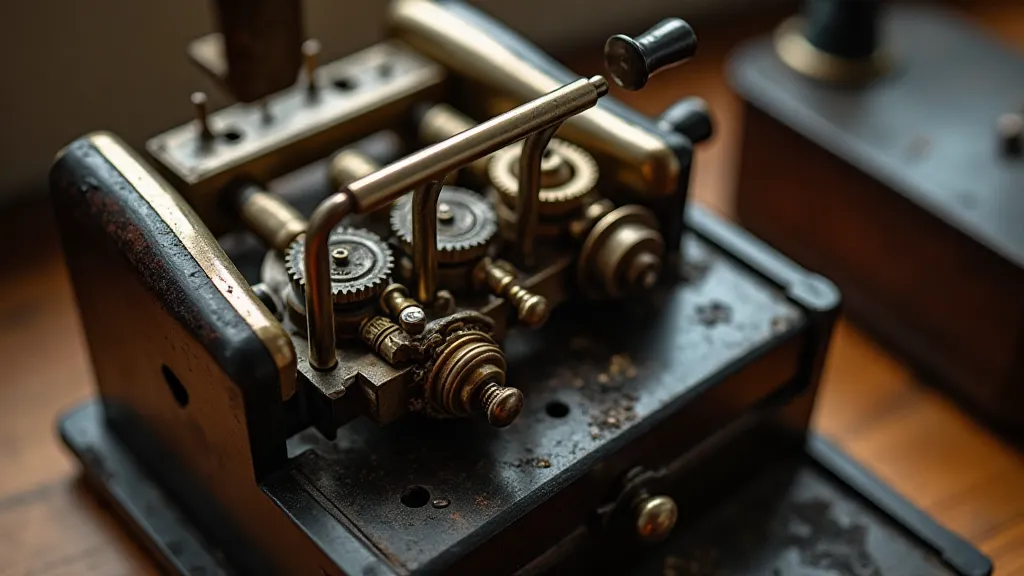
The Age of the Mechanical Mind
The late 19th and early 20th centuries witnessed an explosion of ingenuity in the realm of office equipment. Calculators and adding machines weren't just about speed and efficiency; they were symbols of progress, testaments to human capacity to build complex systems. Far from being replaced overnight, early calculating devices like the Monroe, Curta, and Brunsviga competed fiercely, each representing a different approach to mechanical calculation. The Curta, in particular, with its hand-cranked, all-mechanical operation, is a marvel of miniaturization and precision engineering. Imagine the skill required to design and manufacture a device that could perform addition, subtraction, multiplication, and division solely through the interplay of tiny, precisely machined parts!
The societal impact of these machines was profound. They freed up human capital, allowing clerks and accountants to focus on higher-level tasks. They standardized accounting practices and facilitated the growth of larger, more complex businesses. They represented a shift towards greater specialization and a burgeoning middle class reliant on precise financial records. The machines themselves were works of art, often crafted with a level of detail that is rarely seen in modern mass-produced goods. The weight of the metal, the quality of the engraving, the satisfying click of the levers—these were all part of the experience, a tangible connection to the process of calculation.
The Slow Fade of Tangibility
The advent of the electronic calculator in the 1970s marked a dramatic turning point. Suddenly, calculations that once took minutes could be performed in seconds. The advantages were undeniable, and the transition was swift. Millions of mechanical adding machines were relegated to attics, basements, and antique shops, their purpose seemingly fulfilled.
But their obsolescence didn't diminish their value. Instead, it amplified a certain poignancy. These machines, once essential tools, now stand as relics of a bygone era, objects that evoke a sense of nostalgia for a time when things were slower, more deliberate, and more tangible. There’s a certain disconnect when you rely solely on digital processes. The act of physically manipulating a lever, of witnessing the gears whirring into action, provides a level of engagement and understanding that is simply absent in a screen-based interface.
The digital age, for all its incredible advancements, has created a void—a hunger for the tactile and the authentic. We’re increasingly aware of the limitations of our digital lives, and we’re seeking ways to reconnect with the physical world. This desire explains, in part, the resurgence of interest in vintage office equipment. Collecting isn't just about acquiring objects; it's about preserving a piece of history, a connection to a different way of working and living.
The Art of Restoration and Preservation
Restoring an antique adding machine isn't just about fixing a broken device; it’s about breathing new life into a piece of history. It requires patience, a keen eye for detail, and a certain level of mechanical aptitude. Disassembling a machine, identifying worn or damaged parts, and carefully cleaning and lubricating the intricate mechanisms is a process that demands respect and understanding.
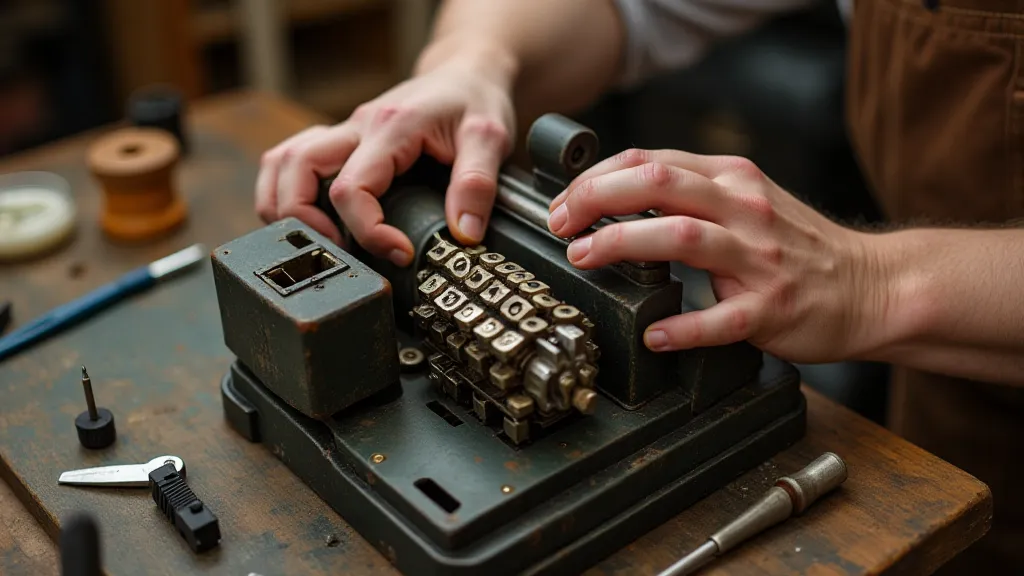
The beauty of these machines lies not just in their functionality, but also in their craftsmanship. Many were manufactured with exceptional quality, utilizing durable materials and employing skilled artisans. The engraved details, the polished brass, the precisely fitted gears – these are all testament to the pride and care that went into their creation. Preserving these details is paramount to maintaining the historical integrity of the machine.
Even a basic understanding of mechanics can unlock a new appreciation for these devices. Learning how they work – the interplay of the gears, the action of the carry levers, the function of the keyboard – is a rewarding experience in itself. There’s a certain satisfaction in bringing a machine back to life, in witnessing it perform its intended function after decades of silence. It's a connection to the ingenuity and the spirit of innovation that defined an earlier era.
More Than Just Machines
Antique adding machines are more than just mechanical devices; they’re tangible links to the past. They embody a vanished era of meticulous craftsmanship and deliberate calculation, a time when work was often slower, more deliberate, and more connected to the physical world. They serve as a gentle reminder of the relentless march of technological advancement and the bittersweet nostalgia associated with obsolescence.
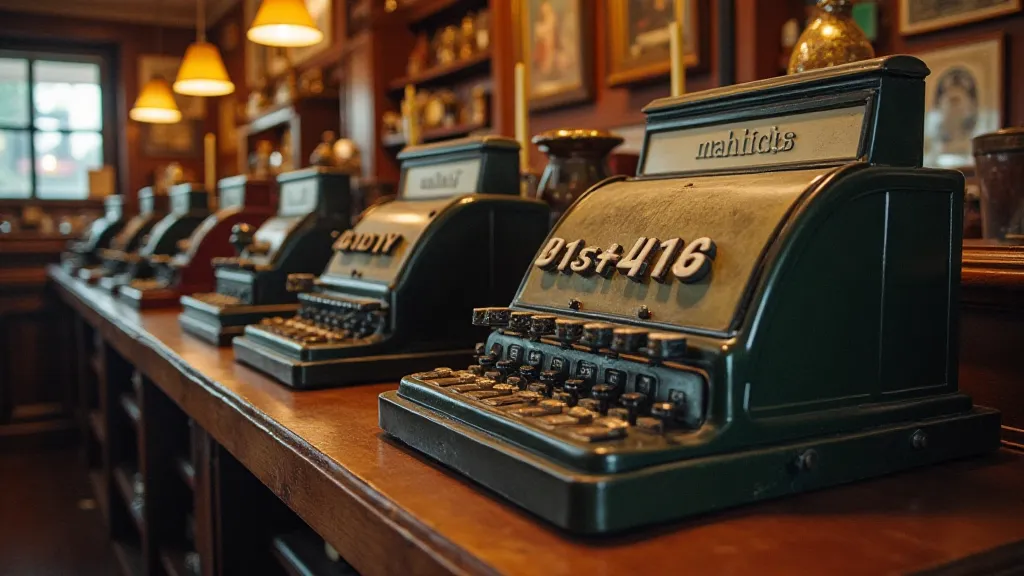
Perhaps their most enduring appeal lies in their ability to evoke a sense of wonder and appreciation for the ingenuity of past generations. They remind us that progress isn't solely about speed and efficiency; it's also about the beauty of craftsmanship, the value of tangible processes, and the enduring human desire for permanence. And, for those of us who listen closely, we can still hear the quiet hum of history resonating within their clockwork hearts.
